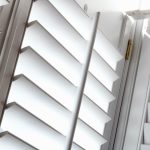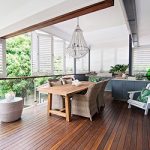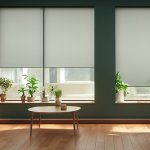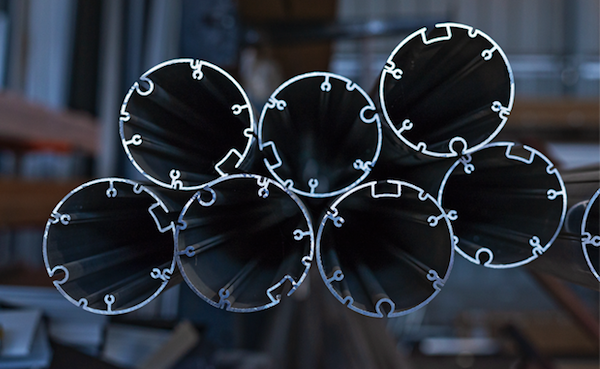
Motorized roller shades are more than beautiful fabrics with seamless automation. To produce a top-quality shade, we must also place importance on the internal working pieces, or the shade will have flaws from the beginning.
Let’s dive deeper. Tubes are surprisingly important. Size and material correlate directly to shade quality. The Tube houses the control. The fabric is attached to the outside of the tube and the motor is located inside the tube creating rolling functionality inside your shade.
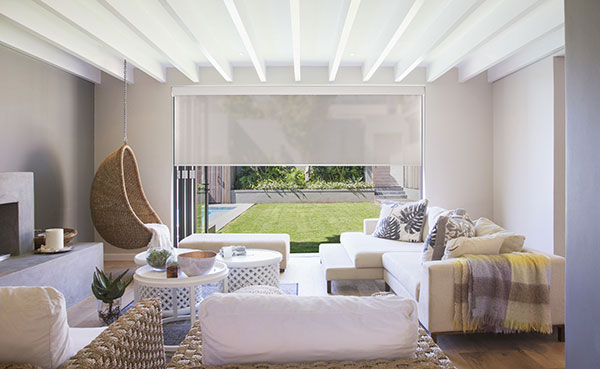
Interior Shades: Colourvue Control
Did you know some companies still use wood dowels as their tubes? This is not an industry best practice. Most companies have moved to aluminum tubes for interior shades. With this said, not all aluminum tubes are created equal. Tubes are commonly available from 1” diameter up to about 3.5” diameter for interior shades.
Colourvue Control utilizes only 2 tubes – Standard 43mm and HD 49mm. This is important because it’s part of our commitment to making a better roller shade!
Benefits of our tube selection:
- Repairs – all of our motor crowns and drives, clutches, idles, work in both of our tubes. If you need a repair part, it will be readily available and not tube dependent
- Our smallest tube is 43mm (1.7”) compared to the competition that generally goes down to 1.25”. Larger tubes mean less tube deflection at the intermediate extremes and less telescoping in unsquare windows
- Because the diameter of our tube is bigger, there are fewer wraps around the tube reducing the possibility for telescoping of the fabric
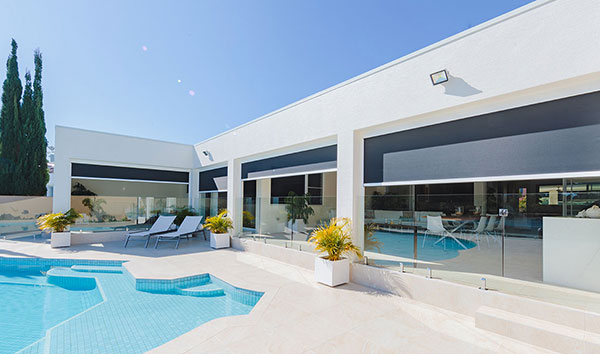
Exterior Shades: Shadesol Alfresco
Continuing, with our commitment to excellence, we have selected a 78mm galvanized steel tube for our exterior shade line. With exterior shades, you expect larger shades, and as a result, have to account for the potential for deflection. Our tube is sturdier than anything comparable in aluminum.
Going even bigger? When you make the step up to extreme, we have 3 aluminum tubes that can span up to 26’ with minimal deflection. The 160mm (6.25”) tube looks like an aluminum telephone pole – but we wouldn’t have anything less when covering truly extreme spans.



